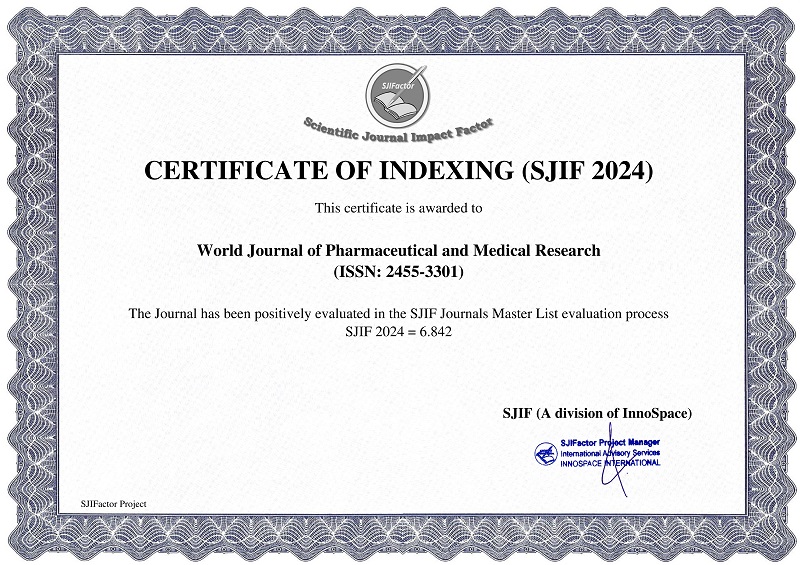A COMPARTIVE STUDY OF SHATAVARI AND YASHTIMADHU CHURNA IN KARSHYA W.S.R TO MALNOURISHED CHILD
*Dr. Tulsiram Alawe and Dr. Mahesh Narayan Gupta
ABSTRACT
In Ayurveda, Kaumarabhritya is the branch dedicated to pediatric care, emphasized by Acharya Kashyapa as essential for children's health. It stresses the importance of Ahara (diet), Nidra (sleep), and Brahmacharya (celibacy) as fundamental pillars of health. Malnutrition, described as Karshya, is linked to inadequate nutrition and imbalances in Vata and Pitta doshas, leading to diseases like Phakka (emaciation) and Bal-shosha (childhood wasting). Ayurveda correlates this with modern concepts like Protein-Energy Malnutrition (PEM), encompassing conditions such as Kwashiorkor and Marasmus. Prevention and treatment emphasize proper diet, Nidana Parivarjana (avoiding causative factors), and Aushadhi (herbal medicine). The study focuses on managing Bal-Karshya, a form of malnutrition in children, exploring Ayurvedic solutions to address the nutritional deficiencies and promote overall well-being. This highlights the ongoing relevance of Ayurvedic principles in modern pediatric care and malnutrition management. In Ayurveda, Shatavari (Asparagus racemosus) and Yashtimadhu (Glycyrrhiza glabra) are two important herbs used to treat conditions related to Karshya (emaciation or undernutrition). Both of these herbs have specific actions that make them beneficial for managing Karshya, which is often caused by malnutrition, Vata imbalances, and weakened Agni (digestive fire).
[Full Text Article] [Download Certificate]



